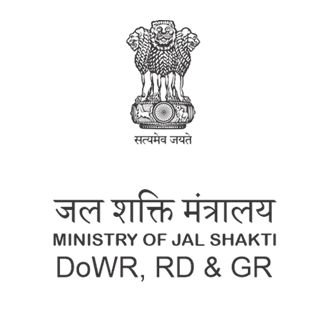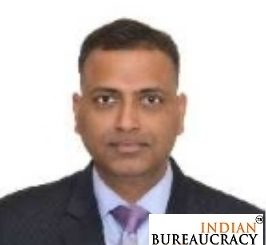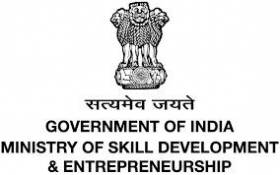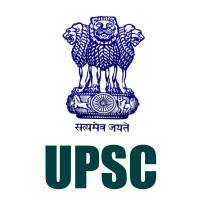
Water is intrinsic not only to life but also to economic growth and development. The State Ministers’ Conference with the theme ‘Water Vision@2047’ was organized on 5-6 January, 2023 at Bhopal in this context.
The primary objective of the Conference was to deliberate on Water Vision@2047 with the States. 33 States/Union Territories participated in the Conference, including Ministers from 25 States/UTs.
Details of action plan discussed and the steps suggested to address water need upto 2047 by Central and State Governments are annexed. The response of the State Governments was positive as evidenced by their enthusiastic participation and exchange of ideas during the Conference.
This Information was given by the Minister of State for Jal Shakti, Shri Bishweswar Tudu in a written reply in Lok Sabha today.
****
AS
ANNEXURE
ACTION PLAN AND KEY RECOMMENDATIONS OF 1ST ALL INDIA ANNUAL STATE MINISTERS’ CONFERENCE ON WATER VISION @2047
1. Need for a more comprehensive and integrated Water Vision@2047, including adaption and mitigation strategies with timeline, addressing both demand and supply side needs. Need for a Task Force on Water Vision@2047 to work out a complete strategy for implementation of the recommendations of the Conference, clearly outlining the role of Central Government and State Governments with deliverables and timelines to achieve the outcomes of a water secure future .
2. To minimize loss of water in the water conveyance system, building of piped distribution network may be encouraged.
3. Micro irrigation may be promoted in an accelerated manner to utilize the estimated potential of about 70 million hectares fully.
4. Use of technology including IoT in irrigation may be promoted to optimize water uses on one hand, and improve productivity on the other.
5. People’s participation or jan bhagidari is key to sustainability of initiatives in the water sector. Formation of Water Users Association in Command Area, their effective functioning and linking them to Farmers’ Producer Organisations (FPOs) is important to reduce the IPC-IPU gap estimated to be about 20%. Village water and sanitation committees to be actively engaged in operation & maintenance of rural drinking water schemes.
6. A single regulating body is required at the State level, for groundwater as well as surface water, including water pricing and reuse of waste water to regulate the water sector in a holistic manner.
7. Mapping of health of drinking water sources and measures to restore health of degraded sources (both quality and sustainability) through convergence of resources need to be undertaken. Springshed management in hill areas may be promoted in a focused manner for this purpose.
8. Use of geo-sensing, geo-mapping, remote sensing and 3-D modeling may be promoted for better assessment and planning of water resources.
9. Circular economy in water sector may be promoted by treating all waste water generated in urban areas and re-using such treated used water progressively. In rural areas also, grey water should be reused / used to recharge groundwater.
10. Water budgeting and management (both supply and demand sides) at gram panchayat and village as well as town/city level may be taken up universally with people’s participation and leadership of rural and urban local bodies.
N e w s N e t o r k
11. Water storage capacity may be enhanced, both at large scale and small scale, to manage existing and future demand and build climate resilience.
12. Effective management of sedimentation in reservoirs, rivers and other water bodies through suitable means may be encouraged.
13. Potable water for drinking should have priority over all other uses of water. Areas and regions vulnerable to shortage of drinking water should be mapped and connected to the water grid suitably.
14. Inter-basin transfer of water from flood prone areas should be encouraged.
15. Agriculture uses 80-90% of water; therefore appropriate cropping patterns, crop varieties, efficient water utilization may be promoted with ‘whole of Government’ approach.
16. Industry may be encouraged to become water efficient and adopt zero liquid discharge (ZLD).
17. Assessment of water quality should be taken up regularly at appropriate intervals for groundwater as well as of different stretches of rivers. Quality of drinking water must be stringently monitored including at household level. Effective action needs to be taken to restore water quality in affected areas, or stretches. Natural farming may be encouraged near river bank to avoid pollution by chemical fertilizers and pesticides.
18. River health needs to be managed holistically with the help of the catchment from surrounding wetlands. Appropriate e-flow should be provided for.
19. Robustness of irrigation infrastructure may be ensured by allocating adequate resources for its operation and maintenance.
20. Safety inspection of dams and their proper upkeep may be ensured as mandated.
21. Initiatives such as Jal Shakti Abhiyan as well as initiatives taken by State Governments may be embedded in the administrative procedure for their timely execution in a sustained manner.
22. Flood plain zoning may be taken up in all vulnerable areas for taking appropriate mitigating, early warning and regulatory measures.







Leave a Reply
You must be logged in to post a comment.